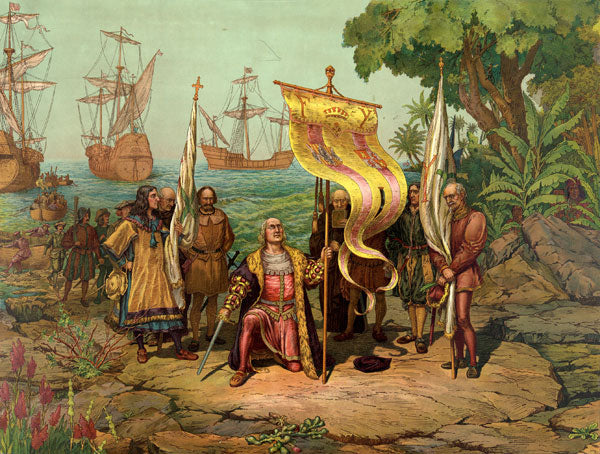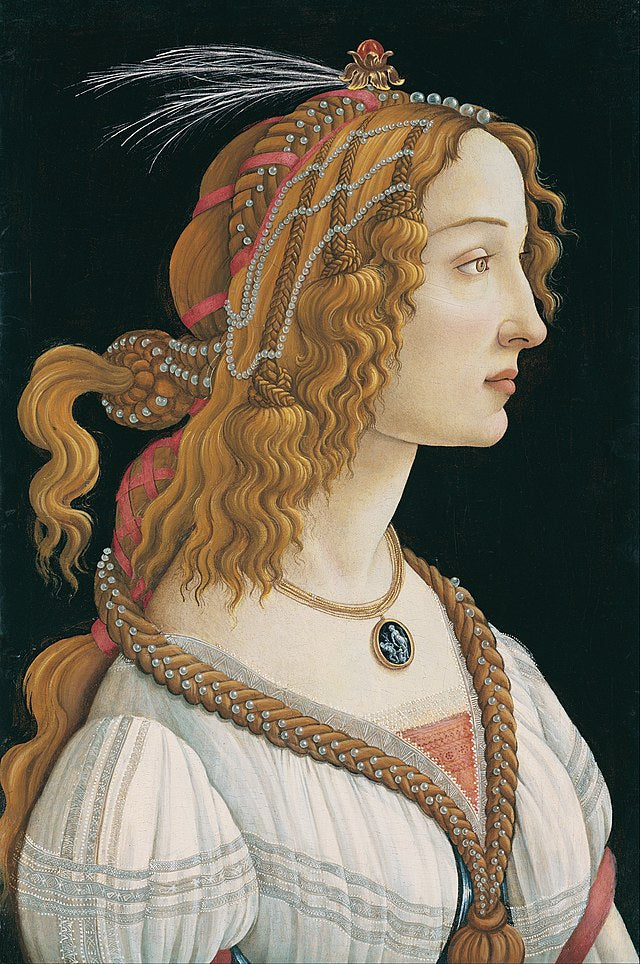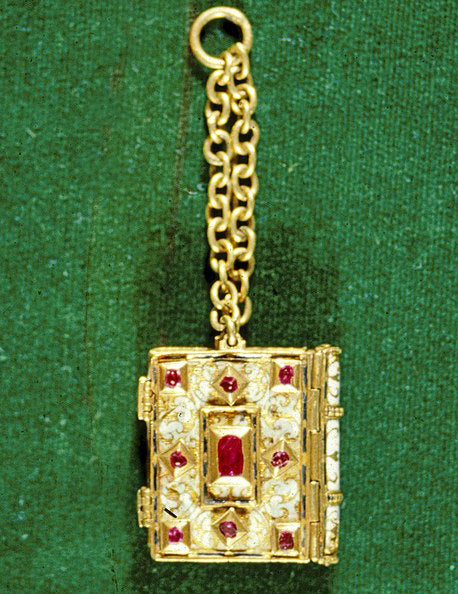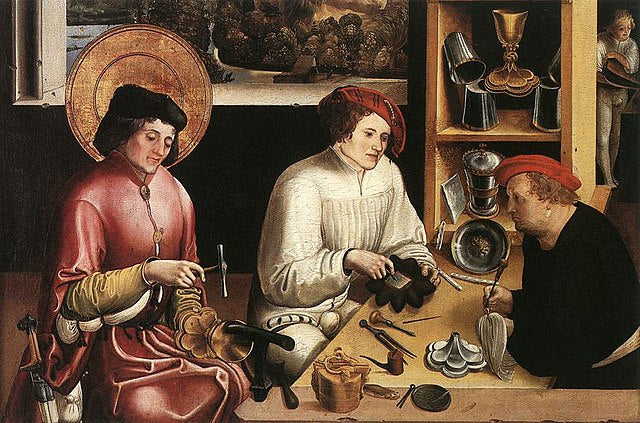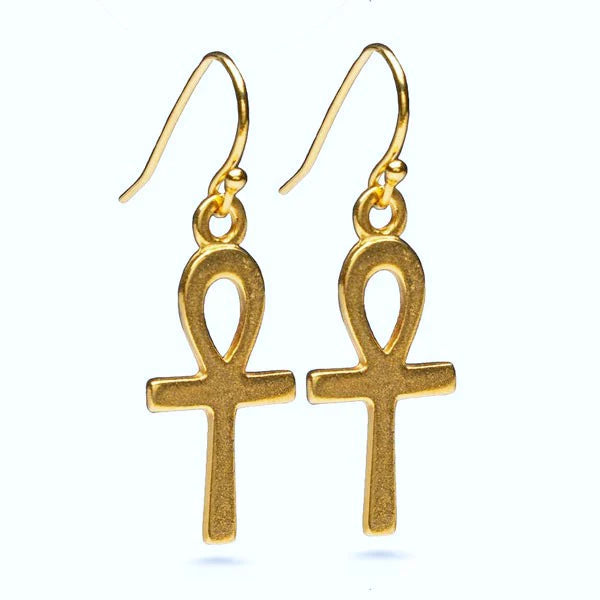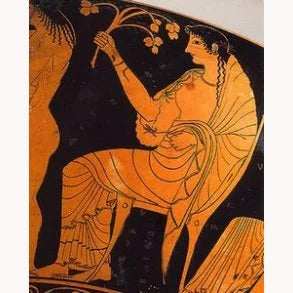
Greek Jewelry from 900-300 BC: A Study of Techniques and Iconography
Greek jewelry-making reached its peak between 900-300 BC. Many of the pieces found in museums today are made of gold, but silver and bronze were also widely used. Organic materials such as ivory, bone, pearls, and amber were also often used in addition to semi-precious stones like carnelian, garnet, and emerald. Rock crystal and glass were also used for their shine or as protective layers. Greek jewelry art not only served a decorative purpose but also reflected iconography and its relationship to sculptures and drawings. Many pieces were shaped like figures referencing Greek myths. Even terracotta, or fired clay, was fashioned into small figures and then gilded, and were often made for burials.
The Greeks and Etruscans, from 900-500 BC,
both had a significant impact on the art of jewelry-making and influenced each other. Greek colonists arrived in southern Italy and Sicily in the late 8th century BC, while the Etruscans settled in central Italy and the Po valley at the same time. Etruscan culture was the result of outside influence (probably from the East), while the sources and chronology of this influence are uncertain. The Etruscans uniquely brought granulation and the filigree technique to a perfection that has never since been surpassed, while jewelers at the Hellenistic court mastered the modeling of the human body. Both cultures had a fondness for bright jewelry and used red garnets, carnelian, and enamels.

Photo: Etruscan helmet
One specific example of Greek jewelry from this time period is the earrings from 450 BC. This design is notable for its use of stone and glass framing, which was rare at the time. The delicate bezel setting consists of a heart-shaped garnet below which hangs a pearl. The simplified form reflects the classical idealism from the time of Pericles. The filigrees on the frame were inspired by Etruscan works from Italy.



